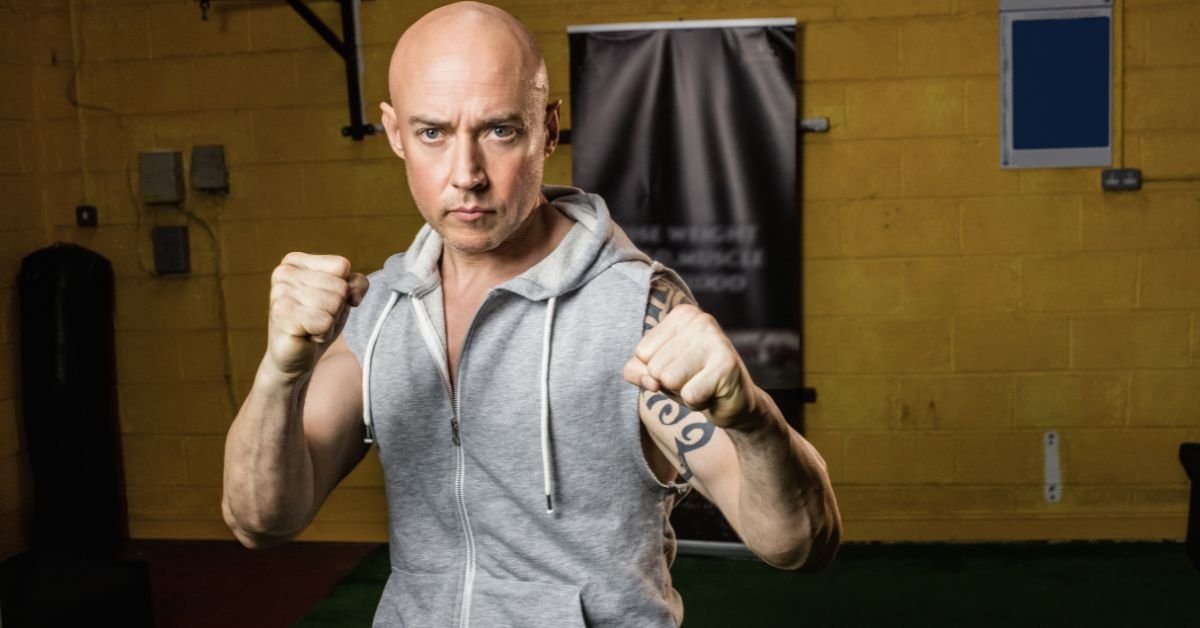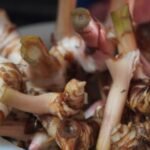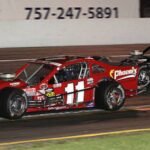Bruce Jeffrey Pardo a chilling story of tragedy and loss comes to mind. For many, the events of Christmas Eve 2008 are a haunting reminder that even the most joyful holidays can be shattered by unimaginable violence. But what really happened that night? Why did a man dressed as Santa Claus become the face of one of the most notorious holiday crimes in American history? Let’s unravel the full story, the aftermath, and the lessons we can learn in 2025.
The Night That Changed Christmas Forever
On December 24, 2008, the quiet suburb of Covina, California, was rocked by a crime that would become known as the Santa Claus murders. Bruce Jeffrey Pardo, a seemingly ordinary man, arrived at a family Christmas party dressed as Santa Claus. What followed was a horrific act that left nine people dead and countless lives changed forever.
The Santa Claus Murdered: A Shocking Twist
The phrase “Santa Claus murdered” took on a new, grim meaning that night. Pardo, carrying a homemade flamethrower and multiple firearms, unleashed terror on his former in-laws and their loved ones. The attack was both calculated and brutal, leaving investigators and the public searching for answers.
Who Was Bruce Jeffrey Pardo?
Before the tragedy, Bruce Jeffrey Pardo was known as a quiet, intelligent man. He worked as an engineer and was described by neighbors as polite and unassuming. But beneath the surface, Pardo was struggling with personal and financial issues, including a bitter divorce and mounting debts.
The Making of a Tragedy
Pardo’s life began to unravel in the months leading up to the shooting Christmas. His marriage to Sylvia Pardo ended in a contentious divorce, and he was ordered to pay significant spousal support. Friends later recalled that he seemed withdrawn and angry, but no one could have predicted the violence that would follow.
The Santa Claus Murders: What Really Happened?
The details of the Santa Claus murders are as shocking as they are heartbreaking. On Christmas Eve, Pardo arrived at his former in-laws’ home, where a festive party was underway. Dressed as Santa Claus, he was initially welcomed by the children and adults alike.
The Attack
Within minutes, the celebration turned into chaos. Pardo opened fire, targeting his ex-wife’s family members. He then used a homemade flamethrower to set the house ablaze, trapping many inside. The fire was so intense that it took hours for firefighters to control the blaze and recover the victims.
Aftermath and Escape
After the attack, Pardo fled the scene. He was later found dead from a self-inflicted gunshot wound at his brother’s house. The community was left reeling, struggling to comprehend how a holiday meant for joy could be marred by such horror.
The Impact: How the Shooting Christmas Changed a Community
The shooting Christmas in Covina left a deep scar on the community. Families lost loved ones, survivors faced lifelong trauma, and the entire nation mourned the senseless loss of life.
Real-Life Example: A Survivor’s Words
“I still can’t believe it happened. Every Christmas, I remember the faces, the laughter, and then the fear. It changed everything for us,” shared one survivor, capturing the lasting pain and confusion.
Media Coverage and Public Reaction
The story of Bruce Jeffrey Pardo and the Santa Claus murders dominated headlines. News outlets struggled to balance the need for information with respect for the victims. The phrase “Santa Claus murdered” became a grim reminder of the tragedy, sparking debates about gun control, mental health, and the pressures of the holiday season.
Social Media’s Role
In the years since, social media has kept the story alive. Every December, posts and tweets resurface, reminding people of the tragedy and the importance of supporting those affected by violence.
Understanding the Motive: Why Did Bruce Jeffrey Pardo Do It?
One of the most common questions is: Why did Bruce Jeffrey Pardo commit such a horrific act? Investigators pointed to a combination of personal grievances, financial stress, and emotional instability. The divorce, loss of his job, and mounting debts created a perfect storm of anger and desperation.
The Psychology of Holiday Violence
Experts note that the holidays, while joyful for many, can also be a time of heightened stress and emotional turmoil. For some, the pressure to appear happy and successful can exacerbate underlying issues, leading to tragic outcomes.
The Santa Claus Murders in Pop Culture
The Santa Claus murders have been the subject of documentaries, podcasts, and true crime shows. The story’s shocking details and the image of a killer dressed as Santa Claus have made it a lasting part of American true crime lore.
Risks of Sensationalism
While media coverage can raise awareness, it also risks sensationalizing tragedy. It’s important to remember the real people behind the headlines and to approach these stories with empathy and respect.
Lessons Learned: Moving Forward in 2025
In the years since the shooting Christmas, communities and policymakers have worked to address the issues highlighted by the tragedy. There’s greater awareness of the importance of mental health support, especially during the holidays. Gun control debates continue, with calls for stricter regulations to prevent similar incidents.
Pros and Cons of Increased Awareness
Pros:
- More resources for mental health and crisis intervention
- Greater public understanding of the risks of holiday stress
- Improved emergency response protocols
Cons:
- Risk of retraumatizing survivors and families
- Potential for copycat crimes
- Ongoing debates about privacy and media coverage

Features and Usability: How We Remember in 2025
Today, technology allows us to remember and honor the victims of the Santa Claus murders in new ways. Online memorials, support groups, and educational resources help survivors and communities heal.
- Virtual Memorials: Spaces for sharing memories and condolences
- Support Networks: Online groups for those affected by holiday violence
- Educational Campaigns: Raising awareness about mental health and crisis prevention
Real-Life Example: A Tweet That Resonates
“Every Christmas, I light a candle for the Covina victims. We can’t forget what happened, but we can support each other and work for change.”
FAQs
Q. Who was Bruce Jeffrey Pardo?
A. Bruce Jeffrey Pardo was an engineer from Covina, California, who committed the Santa Claus murders on Christmas Eve 2008. He attacked his former in-laws’ home, resulting in nine deaths before taking his own life.
Q. What were the Santa Claus murders?
A. The Santa Claus murders refer to the tragic events of December 24, 2008, when Pardo, dressed as Santa Claus, carried out a mass shooting and arson at a family Christmas party in Covina.
Q. Why did Bruce Jeffrey Pardo commit the shooting Christmas attack?
A. Investigators believe Pardo was motivated by personal grievances, including a bitter divorce, financial stress, and emotional instability. The holidays may have intensified his feelings of anger and desperation.
Q. How has the community responded since the Santa Claus murdered incident?
A. The Covina community has worked to support survivors, honor the victims, and raise awareness about mental health and holiday stress. The tragedy has also influenced discussions about gun control and emergency response.
Final Thoughts
The story of Bruce Jeffrey Pardo and the Santa Claus murders is a sobering reminder of the fragility of life and the importance of compassion, especially during the holidays. As we move forward in 2025, let’s honor the victims by supporting those in need, advocating for mental health resources, and working to prevent future tragedies.
CLICK HERE FOR MORE BLOG POSTS
There’s a certain weight in the words John Authers writes—not just because of what he knows, but how he shares it. His voice doesn’t just echo facts; it builds meaning. In a world overwhelmed by rushed opinions and robotic summaries, John’s writing feels… different. It feels lived-in, thoughtful, and deeply human.
Readers don’t turn to John for headlines—they come for context. They come for that rare blend of clarity, insight, and emotional depth that turns financial journalism into something closer to storytelling. His reflections on markets, geopolitics, or human behavior aren’t just readable—they’re relatable.
What sets John apart isn’t just his experience (though he has plenty of it). It’s his ability to pause, reflect, and explain the why behind the what. He writes like someone who’s been in the room where it happens—but never forgets the reader who hasn’t.
In 2025, when AI churns out articles in milliseconds, John Authers still writes like a human—and that, more than anything, is what makes his work worth reading.











